Collective Molecular Activities of the Plant: Viburnum Chingii
Unknown.
China
Overview of Ingredients
45 All known Ingredients in Total
Unique ingredients have been isolated from this plant.Plant-Ingredients Associations were manually curated from publications or collected from other databases.
25 Ingredients with Acceptable Bioavailablity
Unique ingredients exhibit acceptable human oral bioavailablity, according to the criteria of SwissADME [PMID: 28256516] and HobPre [PMID: 34991690]. The criteria details:SwissADME: six descriptors are used by SwissADME to evaluate the oral bioavailability of a natural product:
☑ LIPO(Lipophility): -0.7 < XLOGP3 < +5.0
☑ SIZE: 150g/mol < MW < 500g/mol
☑ POLAR(Polarity): 20Ų < TPSA < 130Ų
☑ INSOLU(Insolubility): -6 < Log S (ESOL) < 0
☑ INSATU(Insaturation): 0.25 < Fraction Csp3 < 1
☑ FLEX(Flexibility): 0 < Num. rotatable bonds < 9
If 6 descriptors of a natural plant satisfy the above rules, it will be labeled high HOB.
HobPre: A natural plant ingredient with HobPre score >0.5 is labeled high human oral availability (HOB)
29 Ingredients with experimental-derived Activity
Unique ingredients have activity data available.Ingredient Structrual Cards
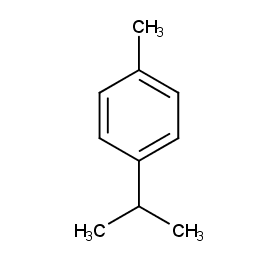
Ingredient ID: NPC88566
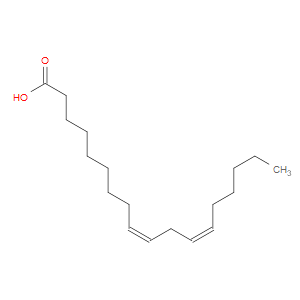
Ingredient ID: NPC85813
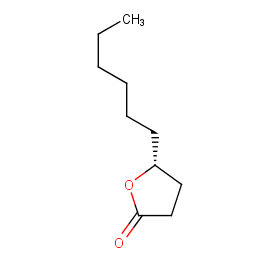
Ingredient ID: NPC80475
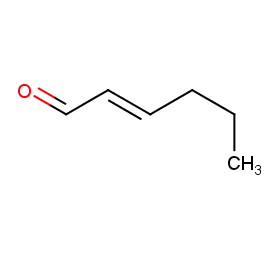
Ingredient ID: NPC75204
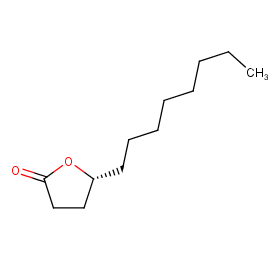
Ingredient ID: NPC7133
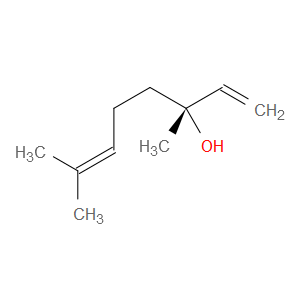
Ingredient ID: NPC68889
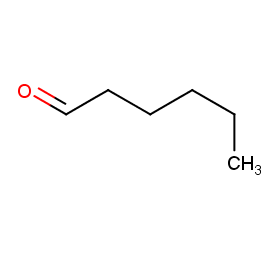
Ingredient ID: NPC59581
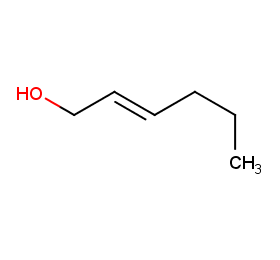
Ingredient ID: NPC58957
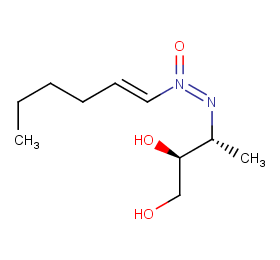
Ingredient ID: NPC48347
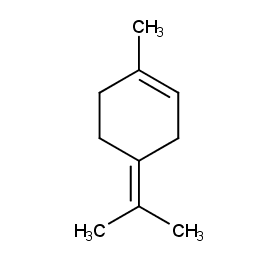
Ingredient ID: NPC3649
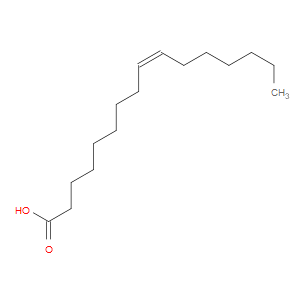
Ingredient ID: NPC36061
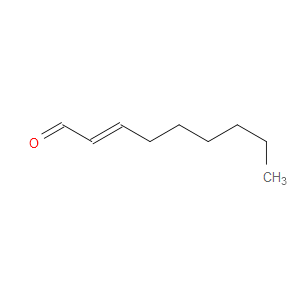
Ingredient ID: NPC33489
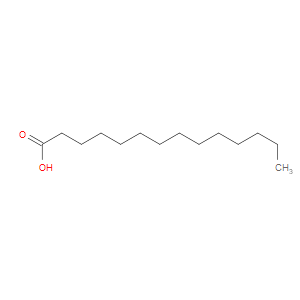
Ingredient ID: NPC301585
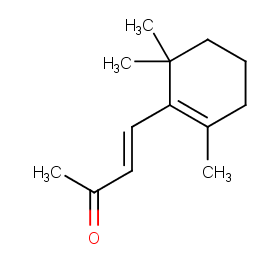
Ingredient ID: NPC295777
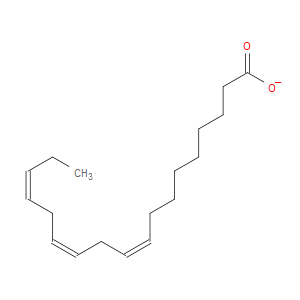
Ingredient ID: NPC294548
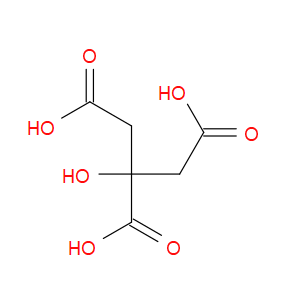
Ingredient ID: NPC293378
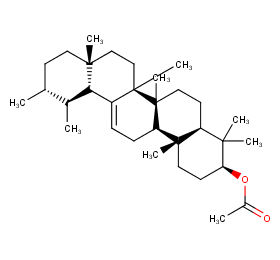
Ingredient ID: NPC290495
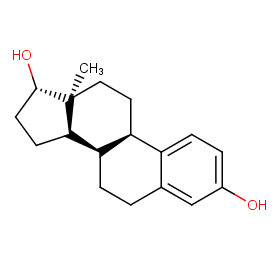
Ingredient ID: NPC290287
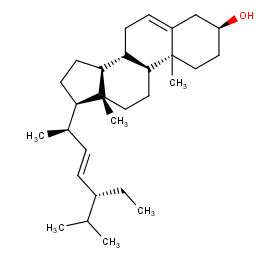
Ingredient ID: NPC289668
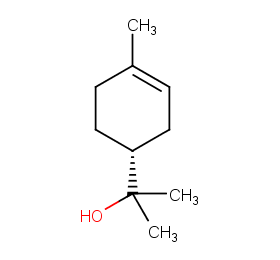
Ingredient ID: NPC27184
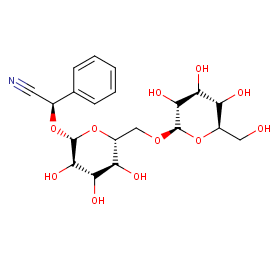
Ingredient ID: NPC266389
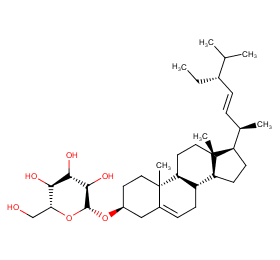
Ingredient ID: NPC258314
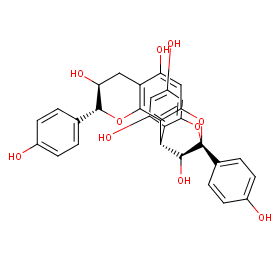
Ingredient ID: NPC248053
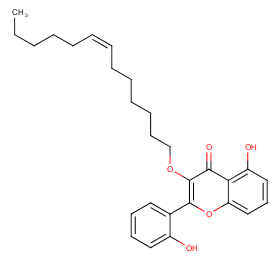
Ingredient ID: NPC214399
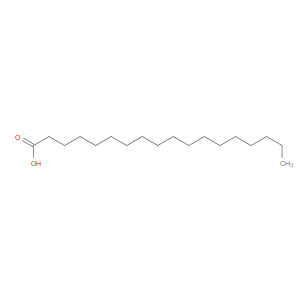
Ingredient ID: NPC209970
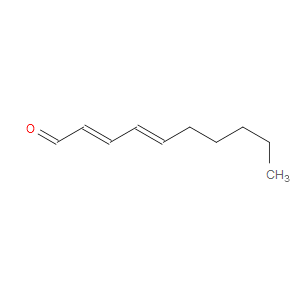
Ingredient ID: NPC208936
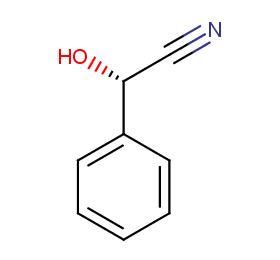
Ingredient ID: NPC208363
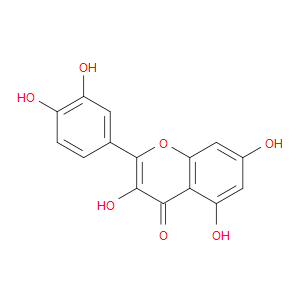
Ingredient ID: NPC20791
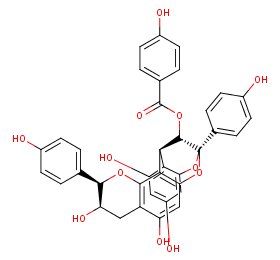
Ingredient ID: NPC205334
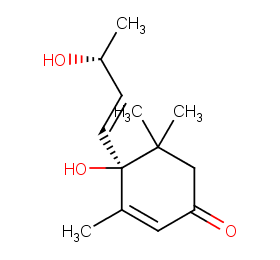
Ingredient ID: NPC201562
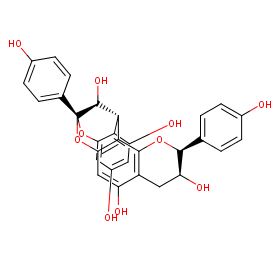
Ingredient ID: NPC182395
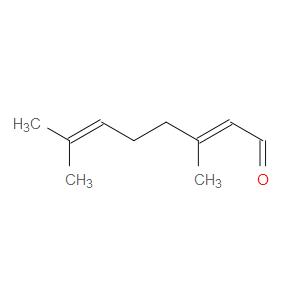
Ingredient ID: NPC18205
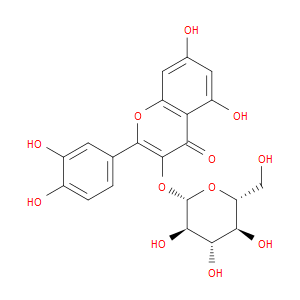
Ingredient ID: NPC179950
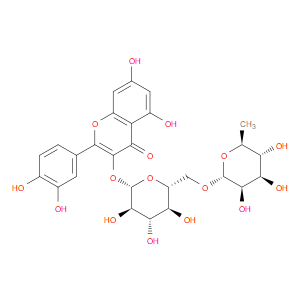
Ingredient ID: NPC176740
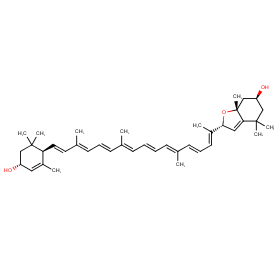
Ingredient ID: NPC175378
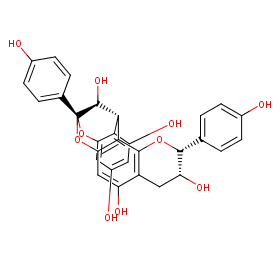
Ingredient ID: NPC17481
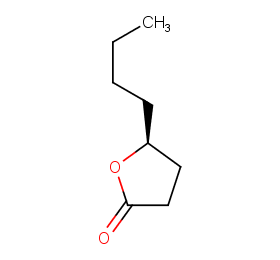
Ingredient ID: NPC160126
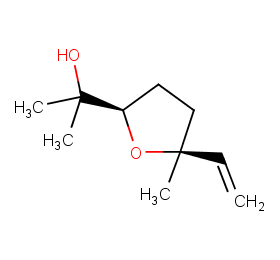
Ingredient ID: NPC152438
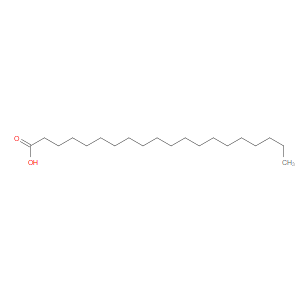
Ingredient ID: NPC149184
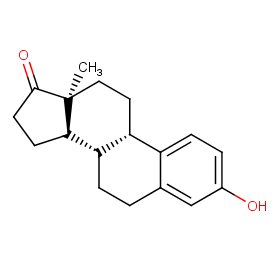
Ingredient ID: NPC144109
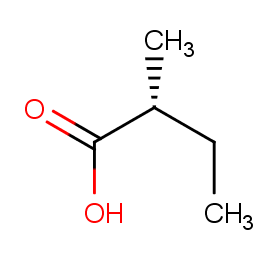
Ingredient ID: NPC122768
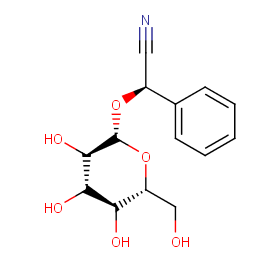
Ingredient ID: NPC120217
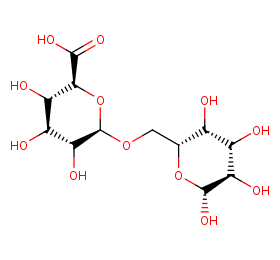
Ingredient ID: NPC119817
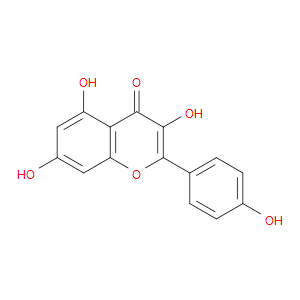
Ingredient ID: NPC116775

Ingredient ID: NPC102280
Classification of Human Proteins Collectively Targeted by the Plant
Detailed Information of Target Proteins
| Target Type | Protein Class | Gene ID | Protein Name | Uniprot ID | Target ChEMBL ID |
|---|---|---|---|---|---|
| Cytochrome P450 | Cytochrome P450 family 1 | CYP1A1 | Cytochrome P450 1A1 | P04798 | CHEMBL2231 |
| Cytochrome P450 | Cytochrome P450 family 1 | CYP1A2 | Cytochrome P450 1A2 | P05177 | CHEMBL3356 |
| Cytochrome P450 | Cytochrome P450 family 1 | CYP1B1 | Cytochrome P450 1B1 | Q16678 | CHEMBL4878 |
| Therapeutic Target | Enzyme | POLB | DNA polymerase beta | P06746 | CHEMBL2392 |
| Therapeutic Target | Enzyme | AKR1C3 | Aldo-keto-reductase family 1 member C3 | P42330 | CHEMBL4681 |
| Therapeutic Target | Enzyme | ALOX12 | Arachidonate 12-lipoxygenase | P18054 | CHEMBL3687 |
| Therapeutic Target | Enzyme | NOX4 | NADPH oxidase 4 | Q9NPH5 | CHEMBL1250375 |
| Therapeutic Target | Hydrolase | ACHE | Acetylcholinesterase | P22303 | CHEMBL220 |
| Therapeutic Target | Lyase | CA7 | Carbonic anhydrase VII | P43166 | CHEMBL2326 |
| Therapeutic Target | Lyase | CA4 | Carbonic anhydrase IV | P22748 | CHEMBL3729 |
Clinical trials associated with plant from natural product (NP) & plant level:
| Clinical trials type | Number of clinical trials | |
|---|---|---|
| 41 | ||
| NCT ID | Title | Condition | Form in clinical use | Associated by plant or compound |
|---|---|---|---|---|
| NCT00029679 | Borage Oil and Ginkgo Biloba (EGb 761) in Asthma | asthma | Linoleic Acid (NPC85813) | |
| NCT00204932 | Effects of CLA Supplements on Body Weight and Fat Oxidation | obesity | Linoleic Acid (NPC85813) | |
| NCT00249951 | Alkaline Citrate Treatment to Lower the Risk of Nephrocalcinosis in Preterm Infants | Nephrocalcinosis | Citric Acid (NPC293378) | |
| NCT00455416 | Dietary Intervention in Follicular Lymphoma | follicular lymphoma | Quercetin (NPC20791) | |
| NCT00607945 | Dietary Fatty Acids as Complementary Therapy in Type 2 Diabetes Mellitus | type 2 diabetes mellitus | Linoleic Acid (NPC85813) | |
| NCT00908791 | Proof of Principle Trial to Determine if Nutritional Supplement Conjugated Linoleic Acid (CLA) Can Modulate the Lipogenic Pathway in Breast Cancer Tissue | breast cancer | Linoleic Acid (NPC85813) | |
| NCT00951158 | A Molecular Pharmacodynamic Dose-titration Trial of Conjugated Linoleic Acid (CLA; Clarinol®) in Patients With Advanced Solid Tumors | neoplasm | Linoleic Acid (NPC85813) | |
| NCT01012349 | Efficacy and Safety Clinical Trial of the Combination of Acetylsalicylic Acid, Sodium Bicarbonate and Citric Acid, Produced by Geolab Pharmaceutical Industries Ltd., Compared to Acetylsalicylic Acid (Aspirin ® - Bayer) in Patients With Episodic Tension-type Headache. | Tension-type headache | Citric Acid (NPC293378) | |
| NCT01348204 | Nasal Potential Studies Utilizing Cystic Fibrosis Transmembrane Regulator (CFTR) Modulators | cystic fibrosis | Quercetin (NPC20791) | |
| NCT01375101 | Therapeutic Effect of Quercetin and the Current Treatment of Erosive and Atrophic Oral Lichen Planus | oral lichen planus | Quercetin (NPC20791) |
❱❱❱ Associated Human Diseases and Detailed Association Evidence
How do we define the Plant-Targeted Human Disease Association?
Associated human diseases of an individual plant are summurized based on FOUR types of association evidence, these include:
❶ Association by Therapeutic Target: Bioactive protein targets of the plant were defined in "Molecular Targets" section, target-disease associations collected from TTD database were subsequently used to build the associations between the plant and its targeted human diseases.
❷ Association by Disease Gene Reversion: Plant and a specific disease will be associated when >= 1 plant target gene overlaped with disease's DEGs.
❸ Association by Clinical Trials of Plant: Plant and a specific disease will be associated when >= 1 clinical trial (the plant is the intervetion) can be matched in ClinicalTrials.gov database.
❹ Association by Clinical Trials of Plant Ingredients: Plant and a specific disease will be associated when >= 1 clinical trial (the plant ingredient is the intervetion) can be matched in ClinicalTrials.gov database.
Associated Disease of the Plant | Association Type & Detailed Evidence |
|---|---|
Acquired hypermelanosisDisease Category: 14.Diseases of the skinDisease ICD-11 Code: ED60 |
TYR
|
Acquired hypomelanotic disorderDisease Category: 14.Diseases of the skinDisease ICD-11 Code: ED63 |
TYR
|
Acute diabete complicationDisease Category: 05.Endocrine, nutritional or metabolic diseasesDisease ICD-11 Code: 5A2Y |
FFAR1,DPP4,KDR,AURKB
|
Acute myeloid leukaemiaDisease Category: 02.NeoplasmsDisease ICD-11 Code: 2A60 |
PIM1,AURKB,SRC,AXL,TP53,FLT3,KDM1A
|
Adenocarcinoma of bronchus or lungDisease Category: 02.NeoplasmsDisease ICD-11 Code: 2C25.0 |
AKR1C3,CDK1,NPSR1,AURKB,CA12,CYP2C9,NR1I2,ACHE,XDH,CA7
|
Adenocarcinoma of pancreasDisease Category: 02.NeoplasmsDisease ICD-11 Code: 2C10.0 |
ALOX5,CYP1B1,NPSR1,CYP2C9,CA7,FFAR4,ALOX15,AKR1C3,FABP3,ABCG2,PIM1,RECQL,DPP4,NR1I2,POLB,CA2,CISD1,LMNA,HSD17B2,AXL,AURKB,MET,ACHE,XDH
|
Adenocarcinoma of prostateDisease Category: 02.NeoplasmsDisease ICD-11 Code: 2C82.0 |
NOX4,ALOX15
NCT01912820 |
Adenocarcinoma of stomachDisease Category: 02.NeoplasmsDisease ICD-11 Code: 2B72.0 |
NPSR1,AURKB,NOX4,CYP19A1,MET,CDK1,ALOX15
|
Ageing associated decline in intrinsic capacityDisease Category: 21.Symptoms, signs or clinical findings, not elsewhere classifiedDisease ICD-11 Code: MG2A |
NCT04946383,NCT05422885
|
Alzheimer diseaseDisease Category: 08.Diseases of the nervous systemDisease ICD-11 Code: 8A20 |
FLT3,KDR,MET,ACHE
|

